Why the Roots of Color Printing Are in Limestone
The stage was set more than 200 years ago.
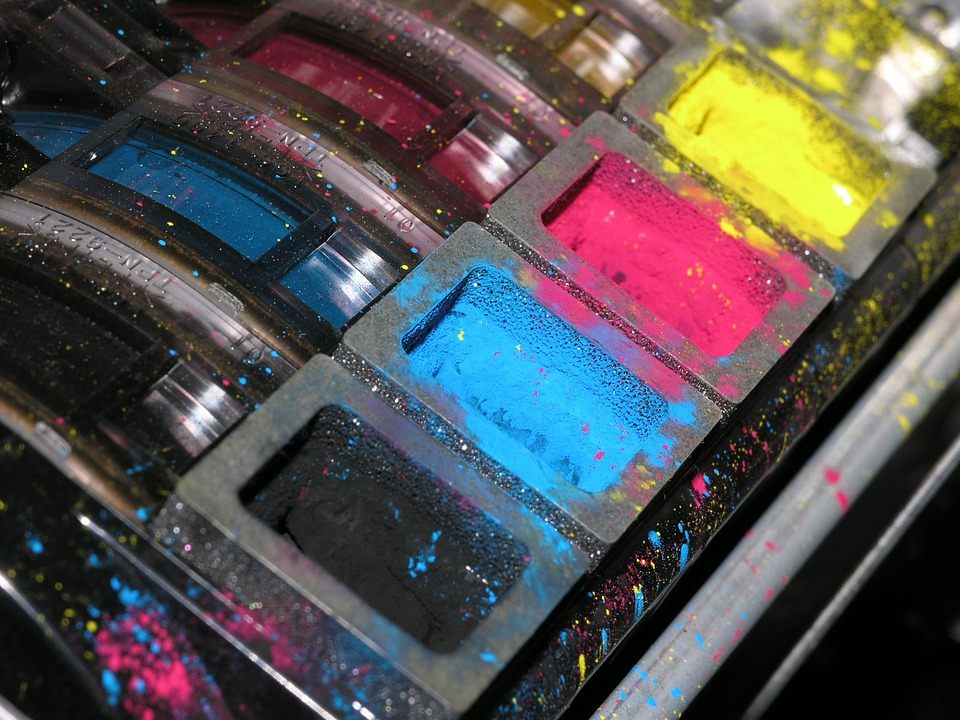
A version of this post originally appeared on Tedium, a twice-weekly newsletter that hunts for the end of the long tail.
In 1993, The New York Times printed its first page in color, far later than most of the rest of the newspaper industry, and one of the only other big holdouts at that point was a competitor: The Wall Street Journal.
But on September 12, 2001, when every front page in the country ran a large photo of the most important news story of the 21st century—except one.
“We didn’t run a photo, where I think every other paper in the world, including the international edition of the Journal, ran a photo,” recalled Jessica Yu, the senior visual editor of the Wall Street Journal, in comments to The Atlantic.
The Journal, in fact, didn’t have a single photo on the front page—and not a single picture of the 9/11 attacks until page A6. There were a few color pages in the front section that day, but they were all paid ads.
The next year, the newspaper introduced a bold redesign that added color, along with more photography, which is now an integral part of the paper.
Years of tradition—and certainly cost—played into newspapers’ decisions to forgo color for so long, of course. One barrier that didn’t exist? The technology. The stage had been set, in fact, more than 200 years prior, on a piece of limestone.
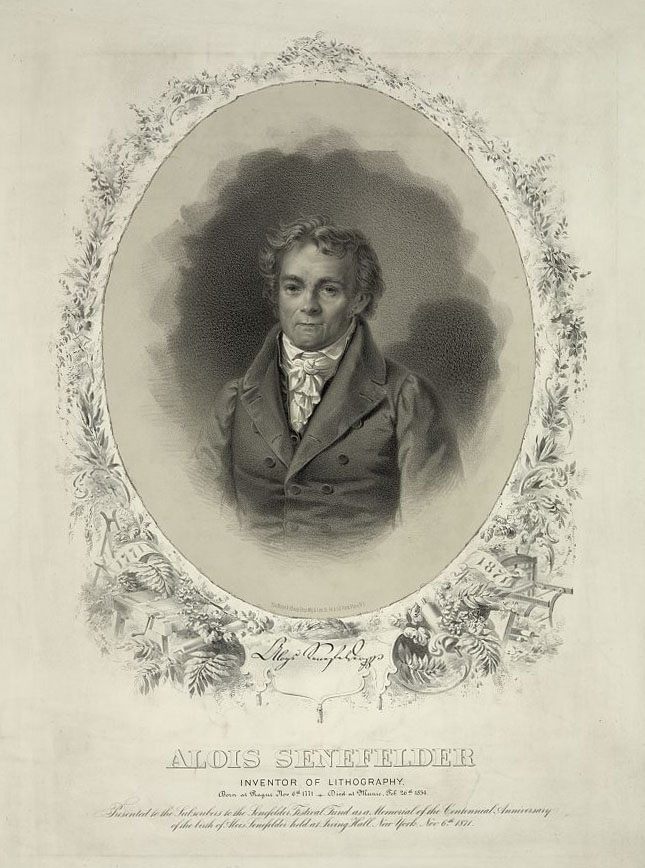
When German playwright Alois Senefelder, frustrated by the high costs associated with printing his play in the late 18th century, started experimenting with a greasy writing substance, a wet piece of limestone, and an oil-based ink, he found more than just a cheap way to print his books.
He created lithography—a technology that ultimately helped push forth the Gutenberg press into the modern era by using the chemical properties of oil and water to create the first flat-surface printing press.
The process wasn’t good for printing a newspaper at the time—it was slightly more complicated than the traditional printing process allowed for—but it proved very effective for artists, who finally had a medium that made it possible for them to draw flat objects and make numerous copies that were just as attractive as the originals.
In 1816, Engelmann and a colleague, Charles-Philibert de Lasteyrie, came up with a two-color lithography process that relied on multiple stones. Engelmann and others kept improving it, and at the time he received a patent for it in 1837, the process was effective, even if it was complicated. The results of Engelmann’s three-color and four-color prints were just too realistic-looking to ignore. (Engelmann, alas, died just two years after his patent was locked into place.)
Soon enough, the technique found success globally, in large part because of the way that it democratized art, making it inexpensive enough to put into homes and to use for advertising and product packaging.
(It wasn’t the only technique for printing documents, however, and competing technologies occasionally bested lithography. In 1843, botanist Anna Atkins published the first book consisting of nothing but photographs when she published Photographs of British Algae: Cyanotype Impressions, a book that took advantage of the photographic properties of contact printing to capture the details of British seaweed on a printed page. The result, though in a strongly blue hue due to the nature of the contact-printing process, picked up an incredible amount of detail from the original object. Cyanotypes later became better known for their use in “blueprints” of architectural drawings.)
Lithography eventually made its way to the United States, where German immigrant August Hoen had made a name for himself and his company, A. Hoen & Co., with its multi-color prints, which were often closely associated with tobacco labels and early poster-style ads.
Hoen added his own innovations to the mix, including the invention of the lithocaustic process, which adds a layer of acid to the mix, allowing lithographic printers to see exactly how the shading is affecting a specific layer of the lithographic stone.

In his initial patent for the lithocaustic technique, Hoen explained that, before he came up with his technique, it was basically impossible for lithographic printers to know how the shading would look until the end of the process—in other words, there was no print preview. From the patent:
The most serious defect of this process is found in the fact that the artist can never know with certainty the depth of the lines, and he can only guess it by the strength of the acid, by the time it remains on the stone, and by the nature and chemical composition of the stone itself. Another difficulty is caused by the continual stopping out of the finished parts, which completely prevents the artist from seeing the progress of his picture. His memory is his only guide, and this is very apt to confuse and mislead him. Furthermore, the gradation from one tint to the other will always be more or less visible, showing by decided marks the previous covering with ink. All these difficulties are avoided by the use of my composition for producing the picture.
Lithography, in its original form, isn’t quite so common these days. (Instead, we have printers.) But it does persist with artists, with most of its advantages still apparent.
Still, even as we moved away from stones, lithography inspired pretty much every mass-printing technology of the past 200 years. Stone gave way to metal plates; drawings gave way to photos; and offset printing and lithography concepts often go hand-in-hand.
(If you really want to stretch it, there’s probably a case to be made that compact discs and microprocessors, which both rely on the transfer of information from one surface to another, also share a lineage with lithography.)
One particularly important innovation was illustrator William Kurtz’s 1893 patent for the first color-separation technique reliant on a combination of three separate plates—cyan, magenta, and yellow—to cover the array of colors.
Kurtz’s technique is subtractive in nature, meaning that when the colors are combined, they block waveforms of light from being seen. (Computers, for comparison’s sake, use the colors red, green, and blue, which are considered additive in nature.)

The technique was further improved in 1906 when the Eagle Printing Ink Company introduced the four-color wet ink process, based around the CMYK color set. (CMYK, by the way, stands for cyan, magenta, yellow, and “key”—also known as black.)
As the processes improved, they often became faster, more sophisticated, and easier to use—making the technology accessible for newspapers and magazines.

And newspapers, despite their later reluctance to the concept, were actually early to the game. In 1894, Joseph Pulitzer acquired a color printing press for The New York World, allowing his first-of-its-kind comics page, The World’s Funny Side, to run as a full supplement on Sundays, complete with elaborately colored illustrations.
Pulitzer’s highly visual look bled into the rest of the newspaper (mostly in its Sunday editions), but the paper’s graphical, illustrative approach did not catch on with the broader newspaper industry for nearly a century afterwards.
In fact, it didn’t get love from magazines until the 1930s, in part because advertisers felt that the technology wasn’t ready. Eventually, however they were won over as reproduction improved, according to Harvard University curator Melissa Banta.
(But even there, there were some limitations at scale. National Geographic used an outdated four-color letterpress printing technology decades after it had fallen into disuse everywhere else. The reason? The magazine had such a wide subscriber base that newer technologies proved impractical.)
Perhaps the most important pre-computer-era publishing innovation came from Lawrence Herbert, a Pantone employee who bought the company in the early 1960s, and changed its direction immediately, moving it toward creating a language around specific colors, making them easier to track.
This move allowed Pantone to define the color printing industry for decades afterwards—even after computers went into wide use.
But we wouldn’t be quite where we are with color printing without the influence of August Hoen. In his own quiet way, he probably did more to bring color to the world than any other American. He didn’t just use the chromolithographic technique—he kept improving on it, to the point where it became incredibly sophisticated.
Now, the building where his company did so much of that work, actively from 1902 to 1981, is getting a revamp that works much in the spirit of innovation.
The 80,000-square-foot Hoen & Co. building is being converted from a dormant manufacturing facility to a large multifunction space, with the goal of revamping the local neighborhood in East Baltimore. The facility will include a workforce training center, a bookstore, a writers’ workshop, a coffee shop, and even a farmers’ market. Additionally, the company is renovating a number of nearby homes, with the goal of making those livable for those with low or moderate incomes.

It’s a major endeavor—a $22 million one, according to the Baltimore Business Journal—but the developers see the effort bringing back a little of Baltimore’s color.
“When Hoen is underway, we’re going to see the whole community shift,” project executive Larry I. Rosenberg told the Business Journal.
We may be in an era when smartphones dole out more colorful images than do sheets of paper, but in a quiet way, Hoen’s colorful legacy will live on in the neighborhood that used to call his company home.
A version of this post originally appeared on Tedium, a twice-weekly newsletter that hunts for the end of the long tail.


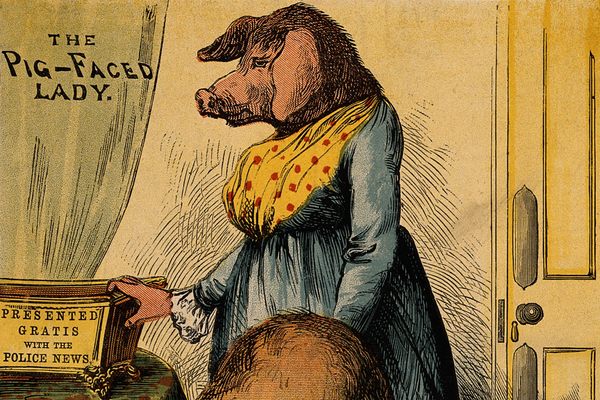
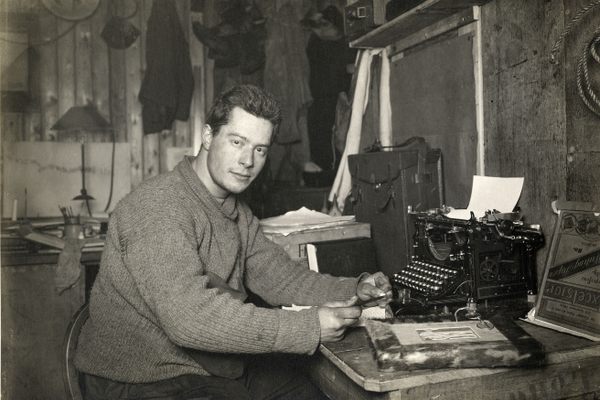

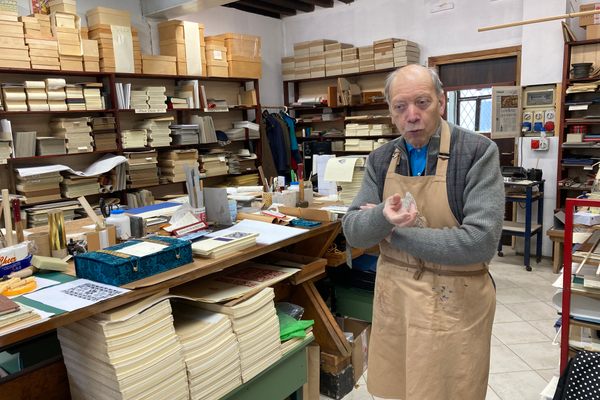


Follow us on Twitter to get the latest on the world's hidden wonders.
Like us on Facebook to get the latest on the world's hidden wonders.
Follow us on Twitter Like us on Facebook